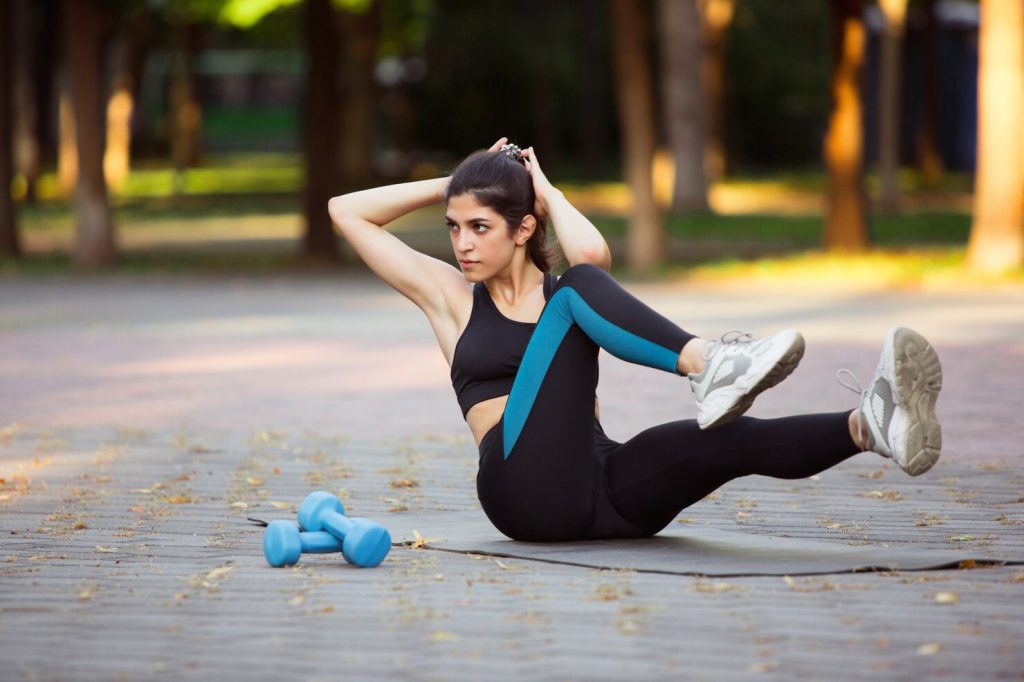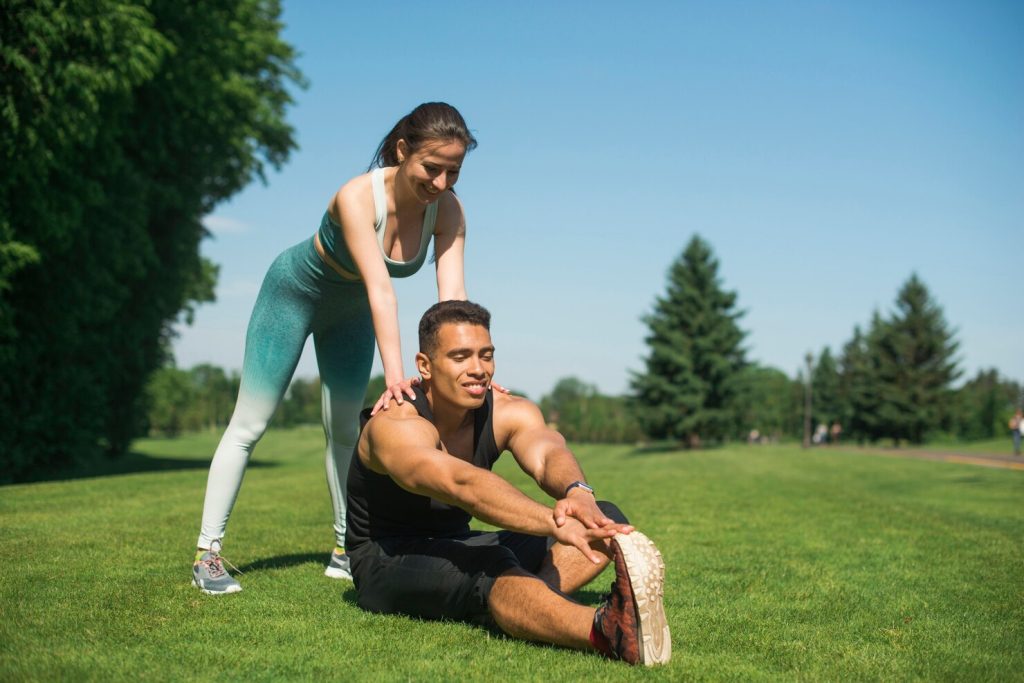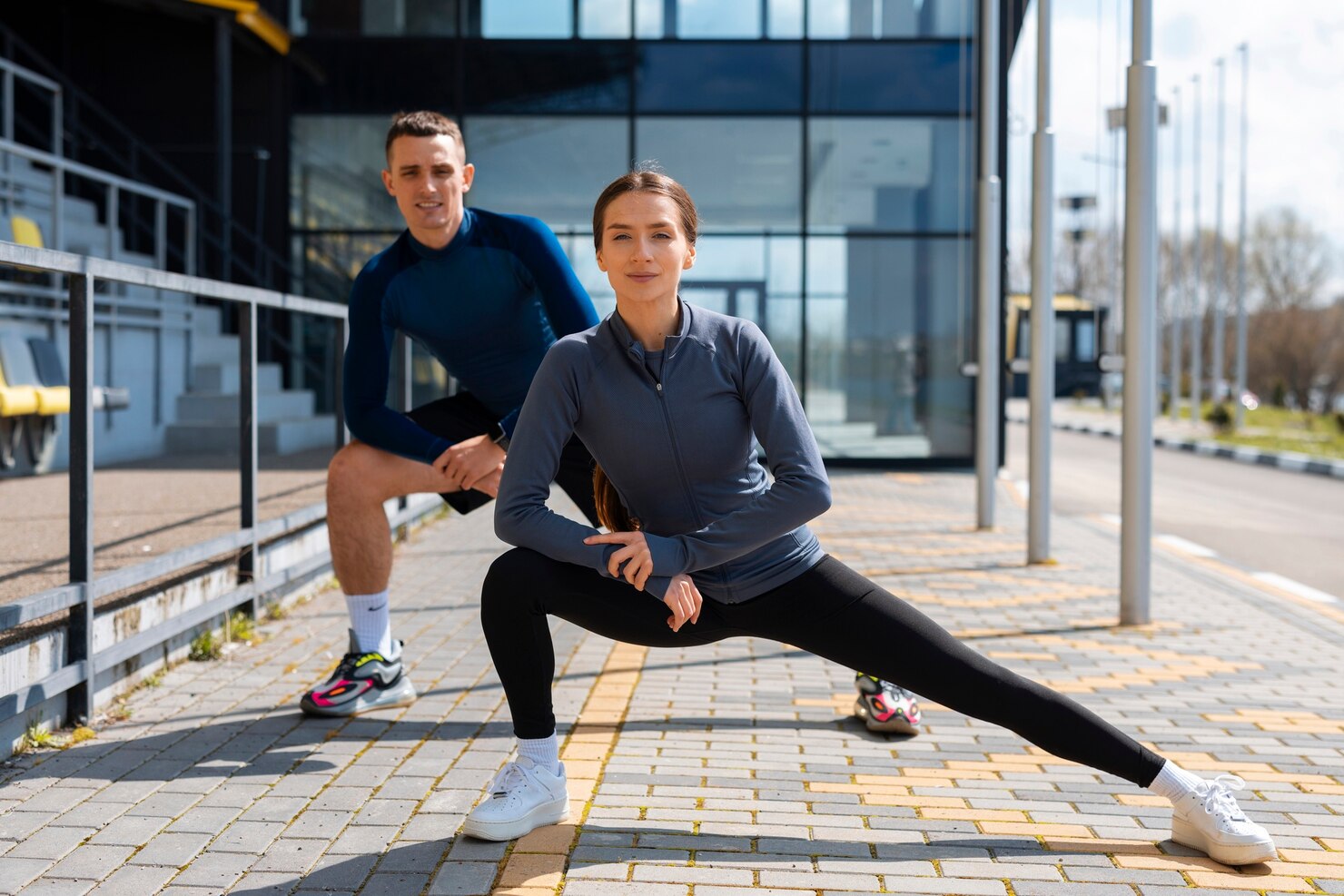United States: Adding just five more minutes to your exercise routine may seem insignificant, yet recent findings suggest that even this slight increase could favorably affect blood pressure levels.
“Integrating just a few minutes of higher-intensity activity, like brisk walking or cycling, into daily routines may yield notable benefits for blood pressure,” noted Dr. Jo Blodgett, the study’s primary author and a senior research fellow at University College London’s Institute of Sport, Exercise & Health, as reported by CNN Health.
The research, published in Circulation, evaluated data from nearly 15,000 participants, each equipped with activity trackers while undergoing blood pressure monitoring.
Daily activities were categorized into six segments: sleep, sedentary behavior, leisurely walking, brisk walking, standing, and more vigorous exercise. By substituting time spent in sedentary pursuits with any of the other activities, the researchers could gauge potential impacts on blood pressure.
The study uncovered that an additional five minutes of moderate exercise daily correlated with lower blood pressure. Furthermore, 10 to 20 extra minutes could produce a clinically meaningful reduction in blood pressure, defined as a 2mmHg drop in systolic pressure or a 1mmHg drop in diastolic pressure, according to Blodgett.
Dr. Susan Cheng, professor and vice chair of research in cardiology at Cedars-Sinai’s Smidt Heart Institute, highlighted the broader health benefits of such changes: “Clinically significant reductions in blood pressure could lead to a lowered risk of heart disease and stroke,” she commented, according to CNN Health.
Excessive Inactivity: A Modern Dilemma

Dr. Cheng pointed out that past studies consistently linked increased physical activity to healthier blood pressure levels. Yet, this recent study is unique in its focus on natural daily movement rather than structured exercise regimens, explained co-author Dr. Mark Hamer, professor of sport and exercise medicine at University College London.
“The challenge with prescribed exercise programs is that participants often return to sedentary habits post-program,” Hamer observed.
Indeed, the data reflected a concerning trend of pervasive inactivity. “The typical middle-aged adult remains sedentary for around 11 hours each day, stands for roughly 3 hours, walks leisurely for 1-2 hours, engages in brisk walking for about an hour, and only spends 15-16 minutes in high-intensity activities” Dr. Cheng elaborated.
She underscored the broader public health implications, “This portrayal of widespread inactivity is a reality observed across diverse populations,” as per CNN Health.
Beyond a Simple Stroll

As an observational study, these findings point to associations without confirming a causal relationship between increased activity and improved blood pressure. Nonetheless, Dr. Cheng emphasized the study’s relevance in advising patients about practical ways to enhance vascular and cardiovascular health.
The research also revealed slight differences based on gender; prolonged sedentary time appeared to have a more adverse impact on blood pressure for women than for men. “This distinction suggests that while the findings are relevant for all adults, they may hold particular significance for women,” Cheng noted.
Simply strolling may not suffice, however. When sedentary time was replaced with less intensive activities—such as sleep, standing, or leisurely walking—the impact on blood pressure was minimal, Blodgett explained.
“Achieving a significant effect on blood pressure through low-intensity activities requires considerable time each day,” she noted. “Focusing on substituting sedentary time with brief intervals of high-intensity exercise may be more achievable and beneficial.”
According to Dr Shaan Khurshid, a cardiac electrophysiologist at Massachusetts General Hospital and Harvard Medical School, aiming to exercise until one becomes slightly breathless—unable to comfortably speak in full sentences—is a good measure of effective exertion, as reported by CNN Health.
For those at the lowest end of the activity spectrum, the study suggests a gradual approach. “If you’re not currently engaging in high-intensity exercise, start with five additional minutes daily, increasing as your capacity allows,” Blodgett advised.





